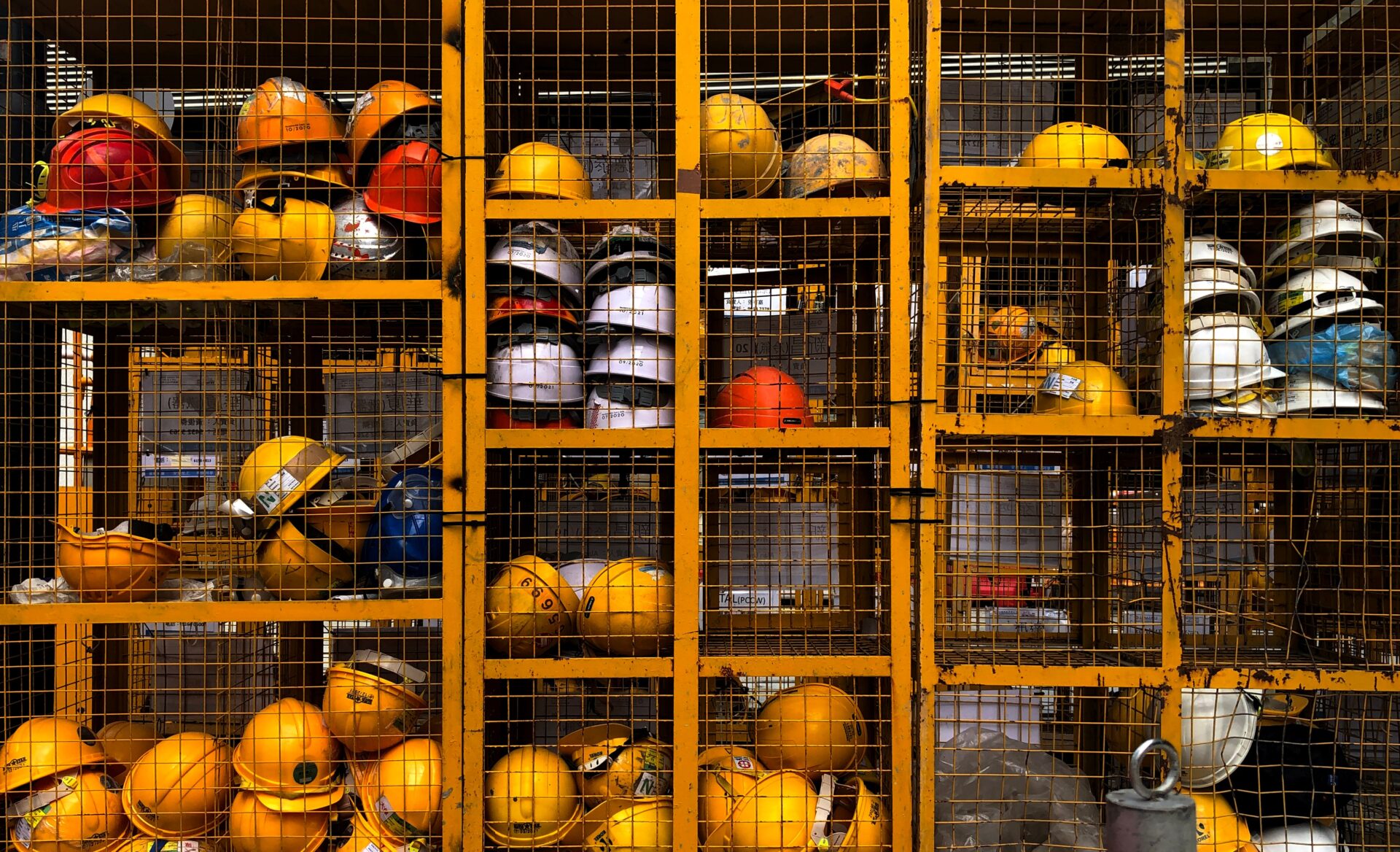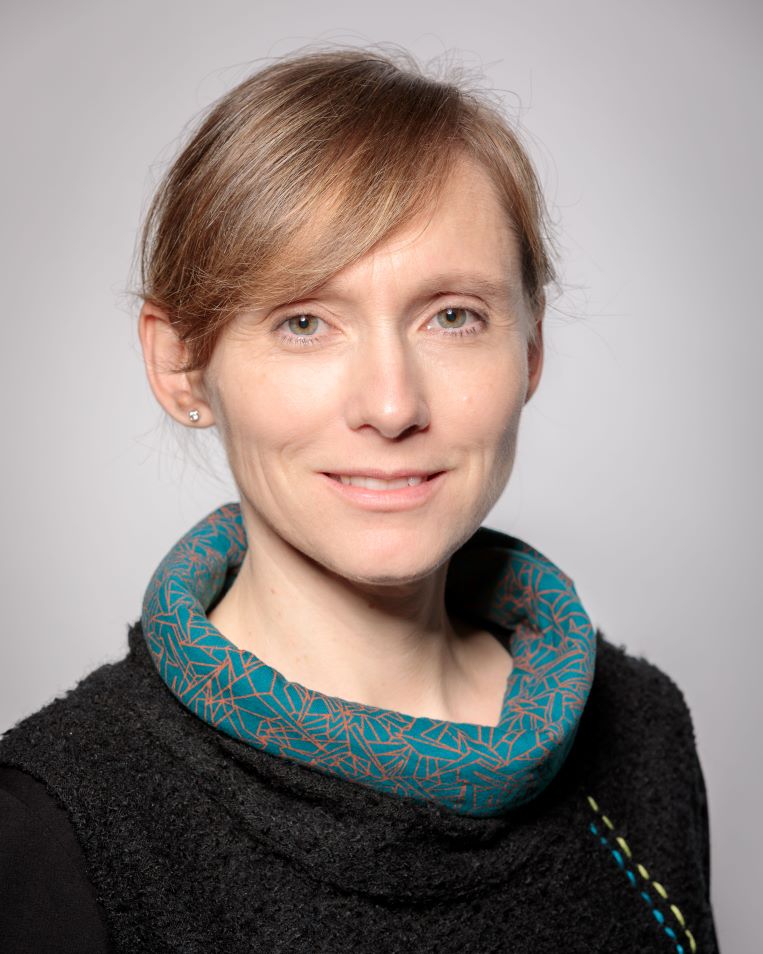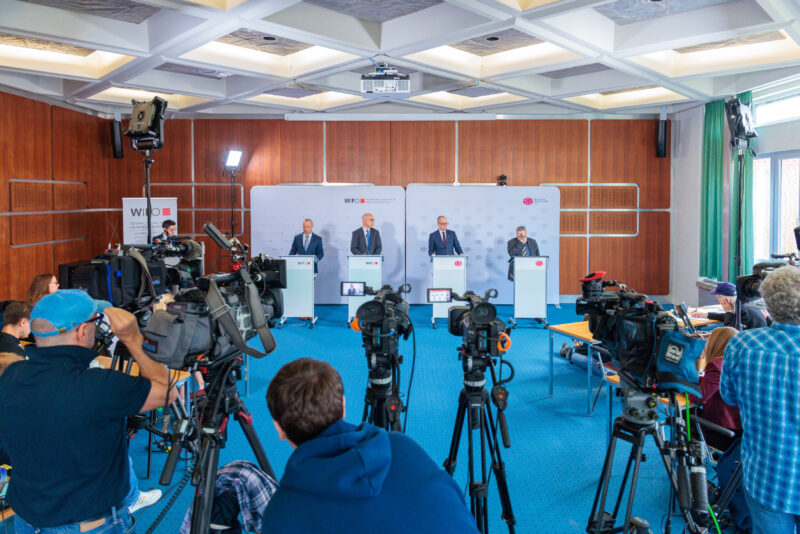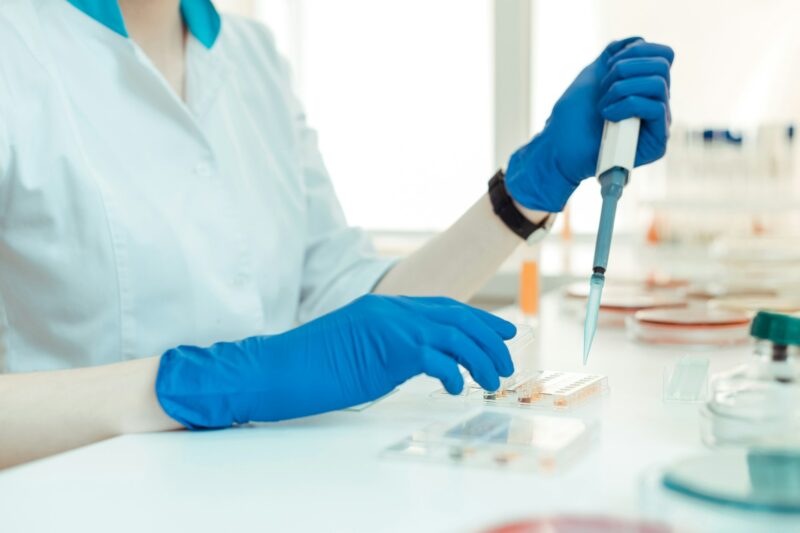
Second Quarter of 2019: Economic Dynamic Loses Momentum
In the second quarter of 2019, Austrian GDP grew by 0.3 percent compared to the previous period. This means that the growth momentum is declining further. Unadjusted GDP in the second quarter of 2019 was 1.5 percent above the level of the previous year.
Seasonally and working-day adjusted GDP stagnated (according to Eurostat standard) and was thus slightly below the growth of the EU 28 and the euro area (0.2 percent each). With this release, WIFO takes into account the annual national accounts figures for 2018 published today by Statistics Austria as well as the revisions for the years 2015 to 2017. As a result, GDP growth in 2018 amounted to 2.4 percent and was thus weaker compared to the release of WIFO Flash Estimate at the end of July (+2.7 percent).
On the basis of the new annual figures, the economic momentum in the past three years has now become flatter. The recalculated quarterly growth path based on these figures shows consistently robust growth of 0.6 percent on average, but currently no pronounced economic peak in 2017-18. This solid basic momentum was replaced in the course of 2018 by a slow onset of economic slowdown.
At 0.5 percent, the start of 2019 was still quite robust, but in the second quarter of 2019 GDP expanded only moderately by 0.3 percent and recorded the lowest growth since the beginning of 2015. Private consumption proved to be the growth pillar. Demand for private consumer spending (including non-profit institutions serving households) rose by 0.4 percent, while public consumption stagnated.
Investment activity levelled off slowly. Gross fixed capital formation (equipment, buildings and other assets) rose by 0.5 percent (after +1.0 percent in the first quarter of 2019). While construction investments continued to expand robustly (+0.6 percent), demand for equipment investments lost more momentum (+0.4 percent).
With the cooling down in the international economy, Austrian foreign trade also lost momentum. Exports increased by 0.5 percent in the second quarter, after +0.8 percent in the first quarter and an average quarterly growth of 1.1 percent in 2018. The dynamics of imports mirrored this: second quarter +0.4 percent; first quarter +0.6 percent; 2018 average +1.0 percent.
The course of the industrial economy also flattened out. In the second quarter, value added in the manufacture of tangible goods rose by 0.3 percent (first quarter 2019 +1.0 percent, 2018 average +0.8 percent). In the construction industry, the economy continued to be robust, even though the high growth rates in value added from 2018 were currently reduced here as well (second quarter: 0.3 percent). Market services also supported economic growth (+0.5 percent). Value added in accommodation and food service activities increased by 0.3 percent, while it stagnated in the retail sector.
Please contact

























